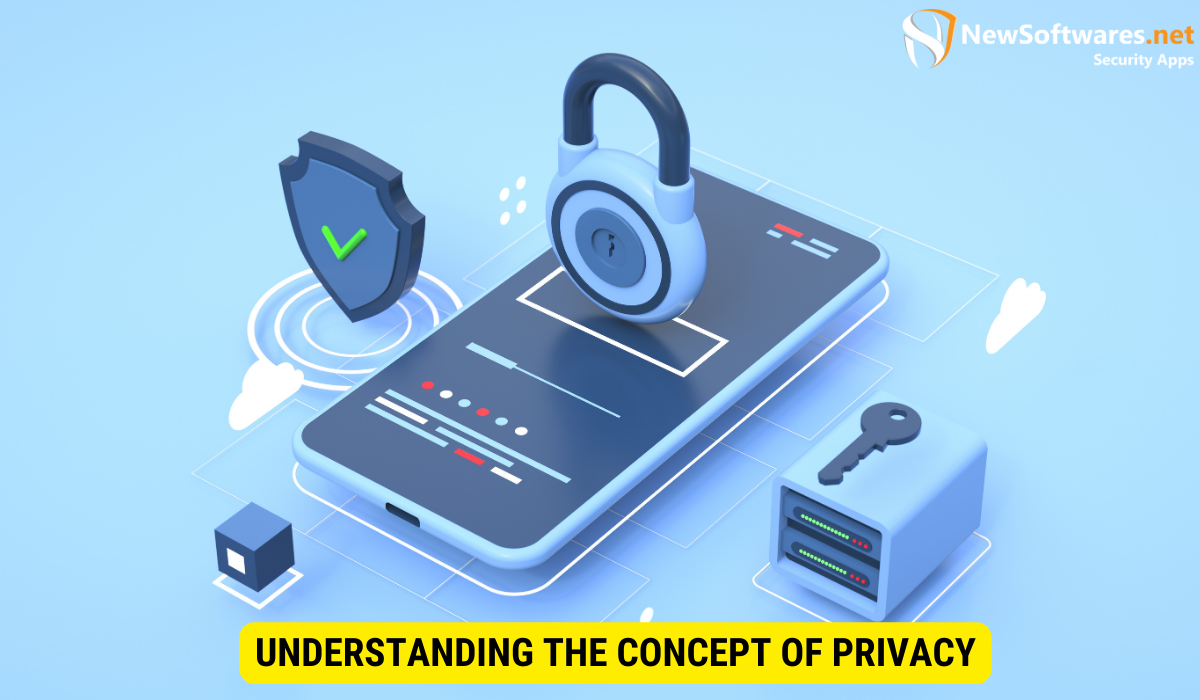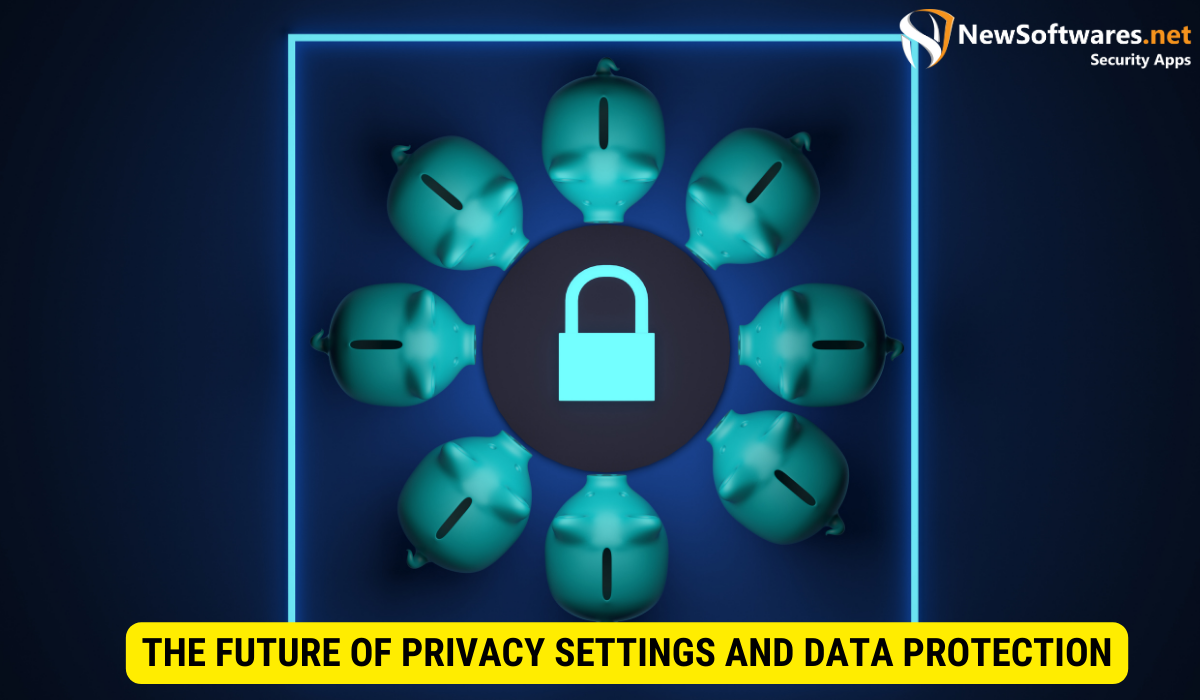Privacy settings are a critical tool for safeguarding personal data, but they have limitations in completely preventing data compromise. They function best when complemented with other security practices.
Privacy has become a major concern for individuals and organizations in today’s digital age. With the constant threat of data breaches and cybercrimes, it is important to understand the role of privacy settings in preventing data compromise. Together, we will explore the concept of privacy settings, their relationship with data compromise, and different types of privacy settings and provides practical tips for maximizing their effectiveness.
Understanding the Concept of Privacy Settings

The concept of privacy settings refers to the customizable options available on various digital platforms and devices that allow users to manage their privacy preferences. These settings determine who can access their personal information and how much is visible to others. Privacy settings give users a level of control over how their data is shared, helping them strike a balance between online interactions and safeguarding their privacy.
Privacy settings are not just limited to social media platforms. They are also in email services, online banking platforms, and even smart home devices. These settings allow users to decide who can see their emails, access their financial information, or control their smart devices. By allowing users to customize their privacy settings, these platforms and devices empower individuals to protect their personal data.
Defining Privacy Settings
Privacy settings can be defined as the configuration options available in digital services, websites, and apps that enable users to manage the visibility and availability of their personal information. They allow users to set preferences regarding who can view their profiles, posts, photos, and other personal data. Privacy settings are essential for users to protect their information from unauthorized access or misuse.
Regarding social media platforms, privacy settings often include options such as making a profile public, visible to friends only, or completely private. Users can also choose who can send them friend requests, message them, or view their posts. These settings give users the flexibility to share their personal information with a select group of people or keep it entirely private.
The Role of Privacy Settings in Data Protection
Privacy settings play a crucial role in data protection by allowing users to limit the exposure of their personal information to others. By customizing privacy settings, users can control who can see their data, interact with them, and access their sensitive information. This control level helps minimize the risk of data compromise and unauthorized usage.
For example, in email services, privacy settings allow users to choose whether their emails should be encrypted, read receipts should be sent, or their email address should be visible to recipients. These settings ensure that users have control over their communication and can prevent their emails from being intercepted or misused.
Similarly, privacy settings in online banking platforms enable users to set up additional security measures such as two-factor or biometric authentication. These settings add an extra layer of protection to users’ financial information, making it harder for unauthorized individuals to gain access.
In conclusion, privacy settings are an integral part of our digital lives. They allow users to manage their privacy preferences and protect their personal information from unauthorized access. By understanding and utilizing privacy settings, individuals can confidently navigate the digital landscape, knowing they have control over their data.
The Relationship Between Privacy Settings and Data Compromise
Privacy settings and data compromise share a complex relationship. While privacy settings can play a significant role in preventing data compromise, they are not foolproof. It is important to understand the potential of privacy settings and their limitations to make informed decisions regarding data protection.
How Privacy Settings Can Potentially Prevent Data Compromise
Privacy settings protect against data compromise by allowing users to limit the visibility of their personal information. By restricting access to their profiles, posts, or other content, users can reduce the chances of unauthorized individuals gaining access to sensitive data. Privacy settings also enable users to control their online interactions, limiting the potential for social engineering attacks and phishing attempts.
However, it’s essential to note that privacy settings are only effective if users carefully select and configure them. It is crucial to regularly review and update privacy settings to keep up with changes in platform policies and evolving threats.
The Limitations of Privacy Settings in Preventing Data Compromise
While privacy settings offer valuable protection, they are not a foolproof solution against data compromise. Users must remain vigilant about other potential avenues through which their data can be compromised, such as weak passwords, phishing attempts, or malware. Additionally, privacy settings cannot fully control access to data once it has been shared with others, making it vital to exercise caution when sharing personal information online.
Exploring Different Types of Privacy Settings
Different digital platforms and devices offer specific privacy settings tailored to their respective functionalities. Let’s take a closer look at some common types of privacy settings:
Social Media Privacy Settings
Social media platforms provide users with various privacy settings to control who can view their profiles, posts, and personal information. Users can typically customize the visibility of their content, choose who can send friend requests or follow them, and control how their data is used for targeted advertising.
Smartphone Privacy Settings
Smartphones offer privacy settings that allow users to control app permissions, such as access to their contacts, location, and microphone. Users can also set up biometric authentication, such as fingerprint or face recognition, to secure their devices and protect their data from unauthorized access.
Computer and Browser Privacy Settings
Computers and web browsers provide privacy settings that allow users to manage their browsing history, cookies, and cache. They enable users to clear their browsing data, limit tracking cookies, and control pop-up ads. Additionally, users can configure privacy settings for third-party plugins and extensions to ensure their online activities remain private.
The Future of Privacy Settings and Data Protection

The landscape of privacy settings and data protection is ever-evolving. As technology advances, new challenges and opportunities emerge. Let’s explore some emerging trends in privacy settings:
Emerging Trends in Privacy Settings
One emerging trend in privacy settings is the emphasis on granular control. Platforms are starting to offer more detailed privacy options, allowing users to configure settings for individual posts or pieces of content. This trend empowers users to tailor their privacy settings according to their needs and sensitivities.
The Role of Artificial Intelligence in Privacy Settings
Artificial intelligence (AI) also plays a significant role in privacy settings. AI algorithms analyze and predict users’ privacy preferences, making personalized recommendations for privacy settings. This enables users to efficiently manage their privacy without manually configuring every aspect.
Practical Tips for Maximizing Privacy Settings
While privacy settings offer valuable protection, their effectiveness is ultimately determined by how they are utilized. Here are some practical tips to maximize the effectiveness of privacy settings:
Best Practices for Setting Up Privacy Settings
Familiarize yourself with the privacy settings available on your platforms and devices. Stay updated with changes in policies and features.2. Review and customize privacy settings regularly to ensure they align with your desired level of privacy.3. Be mindful of the information you share and with whom. Consider the potential impact of your personal data falling into the wrong hands 4. Utilize strong, unique passwords and consider enabling two-factor authentication for added security.5. Be cautious when granting app permissions or connecting third-party services to your accounts. Only grant access to trusted applications.
Regularly Updating and Reviewing Your Privacy Settings
Regularly reviewing and updating your privacy settings is vital to stay ahead of evolving threats and changes in digital platforms. Set aside time to review your privacy settings periodically and ensure they align with your current preferences and your desired level of privacy.
Key Takeaways
- Privacy settings allow users to manage the visibility and availability of their personal information.
- While privacy settings can help prevent data compromise, they are not foolproof.
- Different types of privacy settings exist for social media platforms, smartphones, computers, and web browsers.
- Emerging trends in privacy settings include granular control and AI-driven recommendations.
- To maximize privacy settings’ effectiveness, follow best practices, regularly review settings, and be cautious with sharing personal information.
FAQs
Can privacy settings completely protect my data from compromise?
No, privacy settings can greatly reduce the risk of data compromise but cannot offer complete protection. Complementing privacy settings with other security measures such as strong passwords, two-factor authentication, and anti-malware software is important.
Are privacy settings the same across different platforms?
No, privacy settings can vary across platforms and devices. It is essential to familiarize yourself with the specific privacy settings of the platforms you use and regularly review and update them to ensure your desired level of privacy.
Do privacy settings automatically update to address new threats?
Privacy settings may not automatically update to address new threats. Users should actively stay informed about changes in platform policies and adjust their privacy settings accordingly to stay protected.
Can privacy settings protect me from phishing attempts?
Privacy settings alone cannot protect you from phishing attempts. Practicing vigilance when interacting with emails, messages, or links from unknown sources is crucial. Be cautious about sharing personal information and be wary of suspicious requests for sensitive data.
Why is it important to regularly review and update privacy settings?
Regularly reviewing and updating privacy settings is important to adapt to evolving threats and changes in platform policies and to ensure that your privacy preferences remain current. Regular updates help enhance the effectiveness of privacy settings and strengthen data protection.
Conclusion
Privacy settings are a vital component in the broader framework of data protection. While they provide users with a degree of control over their personal information, they should be viewed as one part of a multi-layered defense strategy against data compromise. Regularly updating these settings, in tandem with other cybersecurity practices, forms a more comprehensive approach to safeguarding personal data in the digital realm.
